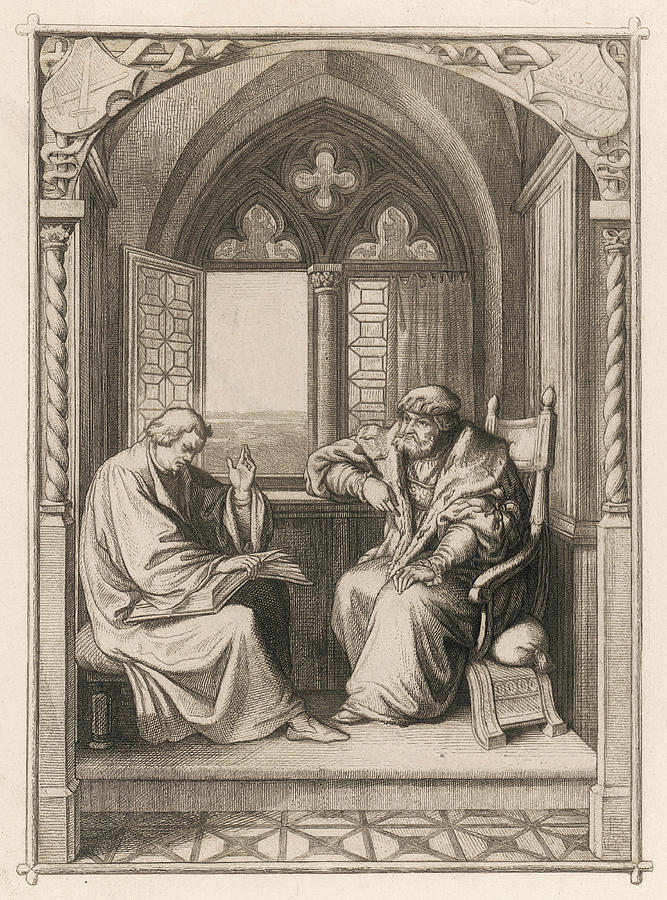


“We have arrived at a turning point,” says the Forum’s abstract. The speakers include Clayton Christensen, Gary Hamel and Roger Martin, among many others. Many of the world’s thought leaders will converge on Vienna Austria on November 13-14, 2014 to discuss this very question at the Global Peter Drucker Forum 2014. So are we reaching a turning point in management, and indeed in capitalism as a whole, analogous to the religious Reformation five centuries ago? At the conclusion of this article, I list a number of the articles that have appeared over the past few months in leading pro-business journals such as Harvard Business Review, The Economist, Financial Times, The New York Times, the Wall Street Journal, the Washington Post and, all denouncing key management practices and calling for major change. “The orthodoxies governing finance are so entrenched that we almost need a modern-day Martin Luther to articulate the need for change.”Ĭhristensen and van Bever are not alone in calling for some kind of Reformation. Thus in June 2014, Clayton Christensen and Derek van Bever wrote in the June 2014 issue of Harvard Business Review (HBR). These events are worth remembering in the context of the emerging movements to reform the management of big corporations today, as thought leaders allude to the possibility of a Reformation in management, and indeed of the entire system of capitalism in which managers operate. As so often happens, the best had become the enemy of the good. With the wisdom of hindsight, we can see that if these leaders had been able to set aside their doctrinal differences and explicitly recognize the issues on which they did agree, the Reformation could have moved much faster. Doctrinal differences that in retrospect seem minuscule in comparison to the extensive common ground prevented a united Protestant front. So the Colloquy of Marburg broke down and the Reformation proceeded in a fragmented fashion for another hundred years. (Some critics suggest that egos also played a role: if the strong-minded protagonists had been able to resolve their differences about the spiritual presence of Christ, another issue would have emerged to preclude agreement.) In the debate, Luther became so angry that he carved his rejection into a table in the meeting room. At the gathering, Luther and Zwingli agreed on everything except one doctrinal issue: was Jesus Christ spiritually present at a mass? Zwingli asserted no, while Luther insisted yes. He convened a meeting, now known as the infamous Colloquy of Marburg. In 1529, the German Prince Philip of Hesse saw potential in creating an alliance between Luther and Zwingli, realizing the strength of a united Protestant front to fight the entrenched elite. At the time, the prospects of reform looked remote, as the Church, most governments, the ruling classes and civil society supported the continuance of the status quo.

In 1517 in Germany, Martin Luther posted his “Ninety-Five Theses.” At about the same time in Switzerland, Huldrych Zwingli launched a reform movement with a remarkably similar set of “Sixty-Seven Conclusions.” The recently-introduced printing press helped spread these ideas rapidly from place to place, but unresolved differences kept the reform movements separate. In the early 16 th Century, the movement objecting to the flagrant greed and corruption in the Roman Catholic Church, now known as the Protestant Reformation, got under way in earnest.


 0 kommentar(er)
0 kommentar(er)
